How To Promote An Event Using Email Marketing
When it comes to marketing your event, email marketing is one of the most consistently successful ways to reach your target audience and boost ticket sales. With 88% of people opening their emails every single day, creative, punchy emails have proven to be an effective way to get your events in the eyes of the right people.
What’s more, with an average spend of US$7.07 per email spent according to Statista, email marketing can be one of the most cost-effective methods to get your event out there whilst still targeting a relevant audience. Whether you’re running a virtual seminar, organising a community workshop, or gearing up for a large-scale conference, email marketing can be your golden ticket to ensuring your event not only reaches your target audience, but also resonates them with them on a personal level.
In this blog, we’ll take you through all you need to know about creating successful email marketing campaigns. From building the right email database for your audience to crafting compelling subject lines, read on to find out how to make the most of email marketing and make sure you’re not missing out.
What is Email Marketing?
Email marketing is when you send an email to a list of email subscribers, such as previous event attendees or subscribers to a mailing list. It aims to engage them to encourage loyalty, repeat business and increase engagement.
Unlike other marketing channels that rely on broad targeting or public visibility, email marketing allows for tailored communications. This lets you send emails that resonate with the recipients interests and needs, whether it’s a promotional update about upcoming events or information about arrangements on the day.
Whether your event is appealing to a small local audience or a larger event with national appeal, email marketing remains important. Using emails to send information about your events will help generate interest before your tickets go on sale, boost ticket sales once they open and keep people updated after your event, ready for the next one!

How To Use Email Marketing To Promote Your Event
- 1. Set your objectives
- 2. Build your email database
- 3. Choose an email platform
- 4. Create a campaign schedule
- 5. Draft your campaigns
- 6. Draft email triggers and journeys
- 7. Set up segmentation
- 8. Monitor campaign performances
- 9. Run follow up campaigns
Email marketing isn’t just about sending emails; it’s about sending the right message, to the right people, at the right time. Here’s how to setup your campaigns ready for success.
Set your objectives
As always, you need to start at the end – what do you want to achieve from your email campaigns? Are you wanting people to register for tickets, presale offers, enter giveaways, give feedback, apply for volunteer positions or get in touch as potential sponsors? Later in this guide, we’ll also talk about sending different messages to different audiences to maximise the impact of your email marketing.
Whatever your end goals, it’s important to be sure of it before you start emailing. If you email your subscribers without any sense of purpose you risk alienating your audience which will lower your subscriber numbers and affect your open rates.
If you’re going to invest the time in creating marketing emails, make sure they have a goal and that this is consistently interwoven into your messaging.
Build your email database
You can’t run an email marketing campaign without having a database of contacts; so it’s important to start building it as soon as possible.
There are a number of ways to build your database. You might’ve already started by having a list of customers who have already agreed to being contactable by email.
You could build your database by having a subscribe function on your website that invites people to keep up to date with your events. If you’re using TryBooking for your events, you can also add a custom question to ask people if they wish to be added to your mailing list whilst they’re buying tickets, and export using Reports.
Make sure you’re building your database with all the data you need, including any data you would need to segment your campaign (we’ll talk about this later), to build effective email campaigns. If you’re running events across the country, you may want to include a users location, or include the previous locations they have previously booked to attend.
The most important thing to remember when building your mailing list is ensuring you’re emailing an interested audience. Don’t just add email addresses just because you have them; otherwise, you risk your emails falling on death ears!
Choose an email platform
It’s important to choose the right email platform for your needs at an early stage, as it will serve as the backbone to your email sending endeavours.
Things you’ll want to consider include the platform’s ease of use, automation capabilities, segmentation functionality, analytics, support and built in analytics.
Here’s some options you may want to consider:
A popular platform renowned for its ease of use. It also offers a free plan for small events, making it a good choice for smaller events.
A sales automation platform which allows you to setup automated campaigns and follow up task.
An easy-to-use email platform with powerful automation.
A British based email platform with plenty of free functionality.
A more advanced email marketing tool with powerful segmentation and automation tools.
There are of course plenty of other platforms to choose from, but make sure you do your research before signing up to one. Most will allow you to create free accounts, test campaigns and look at the templates and designs available.
Create a campaign schedule
Once you have your event dates and times, work backwards and create an email campaign schedule that fits in the run up to your event.
Start with emails announcing your event, then schedule emails with event announcements such as guest appearances, line ups, big ticket attendees, sponsors etc.
Also, think about when your tickets go on sale and any presale offers you’re giving. Continue to keep in touch with your subscribers in the run up to the event to help keep excitement high and build anticipation. Try not to email too often and make sure each email is different from the last to maintain loyalty.
Don’t forget to consider the time of day you’re sending your emails, too. You may want to focus your emails during the working day if you’re targeting businesses, whilst leisure focused events tend to do better in the early evening.
Once a week for big events is plenty or once a fortnight or monthly is fine for smaller events. Make sure to include your call to actions (CTAs) with links through to your website, booking platform and social channels.
Draft your campaigns
Consider how many people you’ll be emailing and how often as this will dictate which program to use and how much it might cost you. There are free options but they limit the number of emails you can send and the number of subscribers you can have on your lists.
Keep your emails succinct, attractive and engaging. People make decisions in a glance on subject lines, previews and sender stats so make sure you come up with a punchy subject and that you verify your sending email so that there is less chance your emails end up as spam.
Stick to your event branding and colours and use a mixture of headings, text blocks, images and buttons. Video content is not advised for emails as it will affect load time but don’t be afraid of posting links to video on your social media channels instead.
Draft email triggers and journeys
Some email platforms will allow you to create email automation. For example, if a user hasn’t opened an email, you could set up a trigger for a certain time frame for another pre-made email to go to them prompting them to take action.
Another example would be if a recipient clicked on a certain part of the email, you could set up another email triggered when they do this to send a follow up. Emails that are tiggered using this automation are called email journeys and you can have multiple paths depending on your email marketing objectives.
Using automation like this helps retain people’s attention, especially when most people will receive numerous emails every day and sorting through what is relevant and what is not has become onerous. Email marketing templates can be used to set up a whole suite of email journeys that are triggered by different variables.
If you’re using TryBooking, you can setup bespoke follow-up emails with content tailored to your event – without having to setup a third-party email platform.
Set up segmentation
Segmentation involves splitting your email database into different groups based on their characteristics, such as their age, location or gender. Using segmentation can take your email marketing campaigns from good to great, increasing their impact and boosting your return.
Segmentation will make your content more relevant to the groups you’re emailing about your events, increasing your chances of people opening them and engaging with the content.
Most email marketing tools give you the ability to setup segments. You can then segment based on the data you hold on your subscribers, such as age, activity or location. For example, you may want to email different geographical groups if your event has a range of locations or send different content to different age groups.
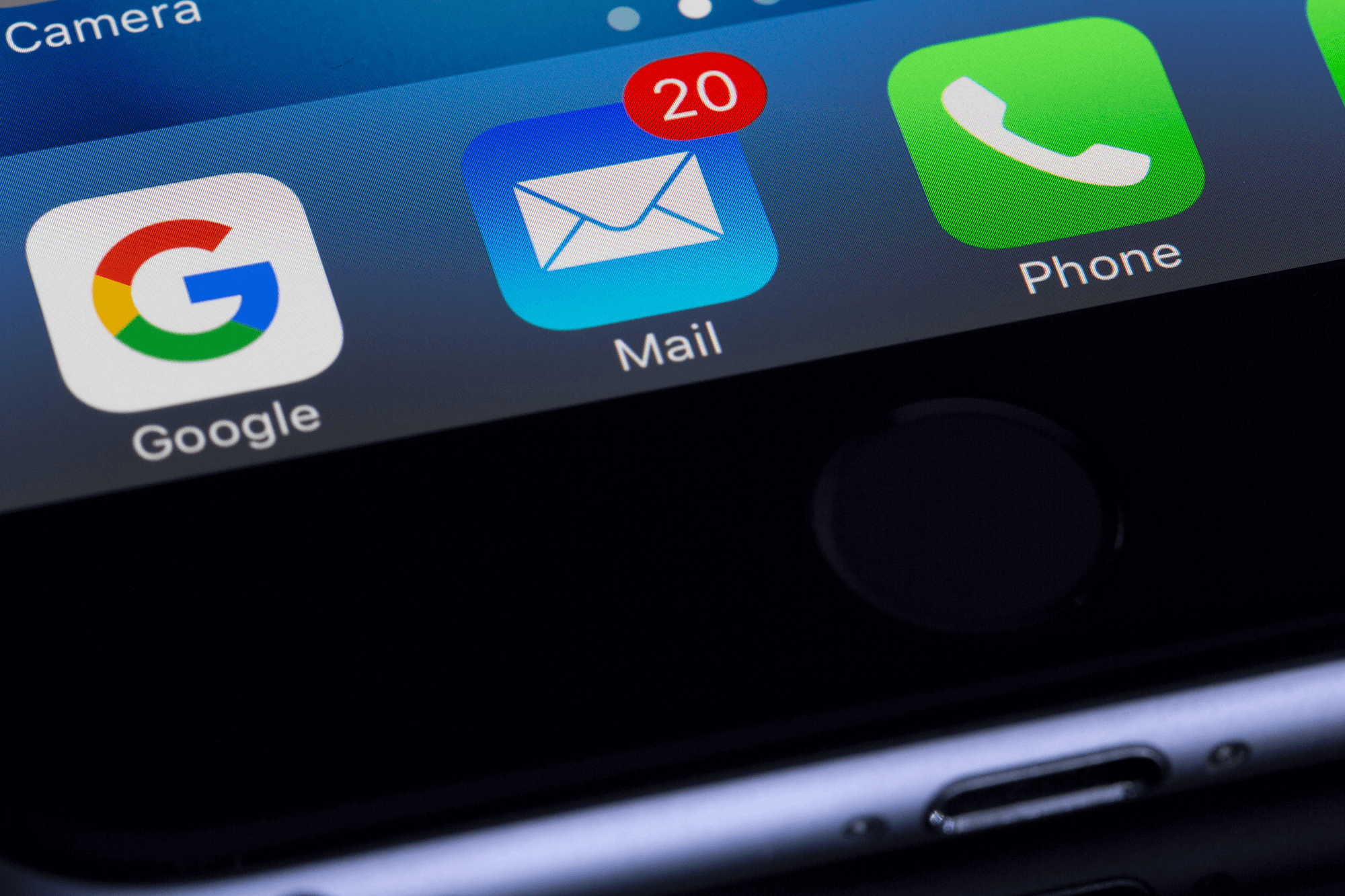
Monitor campaign performance
Now for potentially the most important part – monitoring the performance of your emails. Keep track of how every email has performed. How many people opened it? What did they click on? Who clicked?
Who didn’t open your email? When did you send your email? This kind of data will help you refine your future emails and your email journeys to try and capture as much engagement as possible.
Consider changing the times you schedule your emails for if your initial engagement is low or try A/B testing to monitor the performance of one variation of your campaign over another with a small part of your audience.
Analysing your data is often overlooked but is one of the most important tools in your arsenal when it comes to marketing. Understanding what works and what doesn’t enables you to hone your marketing strategy and improve your email performance.
Run follow up campaigns
Your email marketing isn’t over once your event is over, oh no. Whether you plan to do it again or not, updating your attendees on what happened, the highlights, photos and stories is just as valuable as building up the event. It’s also a great way to show those who didn’t attend what they missed out on!
Don’t let your communications drop off a cliff once the big event is over. That way if you do decide to organise another event, you are still at the forefront of people’s minds.
Asking for feedback is also a great way to harness the power of your audience and help you make improvements for future events.

Our final tips
Email marketing is a great way to boost your event ticket sales. Don’t forget these top tips:
🎨 Be creative! Punchy, informative emails are more likely to be engaged with.
🗄️ Data is everything: make sure you keep your mailing list up to date.
👨👩👦👦 Use segmentation: change your campaigns depending on the audience.
Looking to learn more about marketing your event? Check out our detailed guides on using different marketing techniques to promote your event:
- How to Market Your Event on Google Ads
- How to Market Your Event using SEO
- How to Market Your Event with Influencer Marketing
Ready to get started? Create your account on TryBooking today.

How To Plan The Ultimate Halloween Extravaganza
Aug 14, 2024 · 1 min read
How TryBooking Helps Sporting Clubs and Camps
Jul 24, 2024 · 1 min read
You might also like

How to Guide: Take Payments For A Bake Sale With TryBooking
Mar 05, 2025 · 1 min read
Introducing TryBooking Box Office App Tap to Pay on Phone
Apr 01, 2024 · 1 min read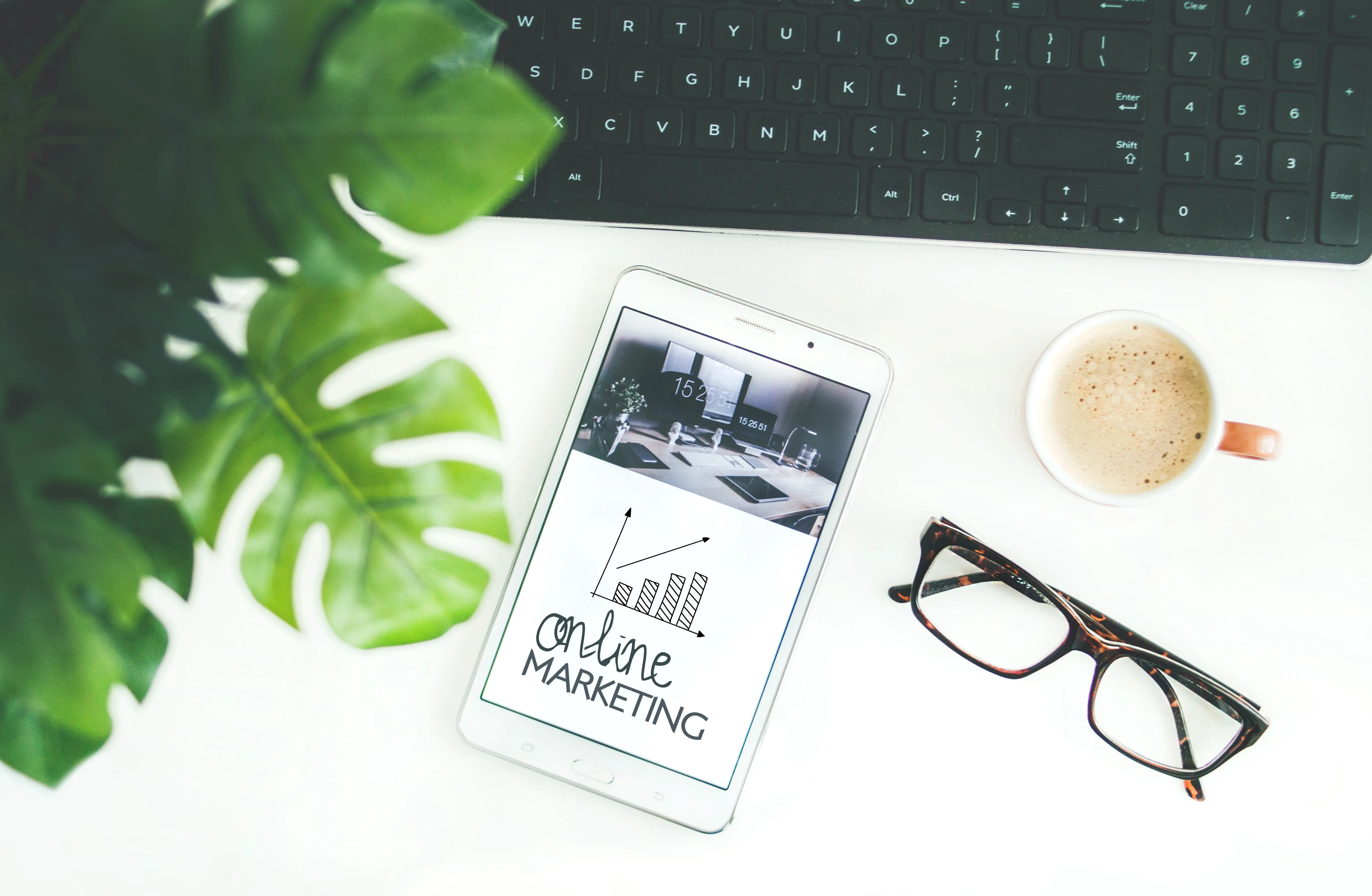
How To Market Your Event
Jan 15, 2024 · 1 min read
How To Run An Event In 2024 - Everything You Need To Know
Jan 03, 2024 · 1 min read
How to boost your branded event page
Sep 29, 2023 · 1 min read
125 Unique & Fun Event Ideas For Your Next Event
Mar 20, 2023 · 1 min read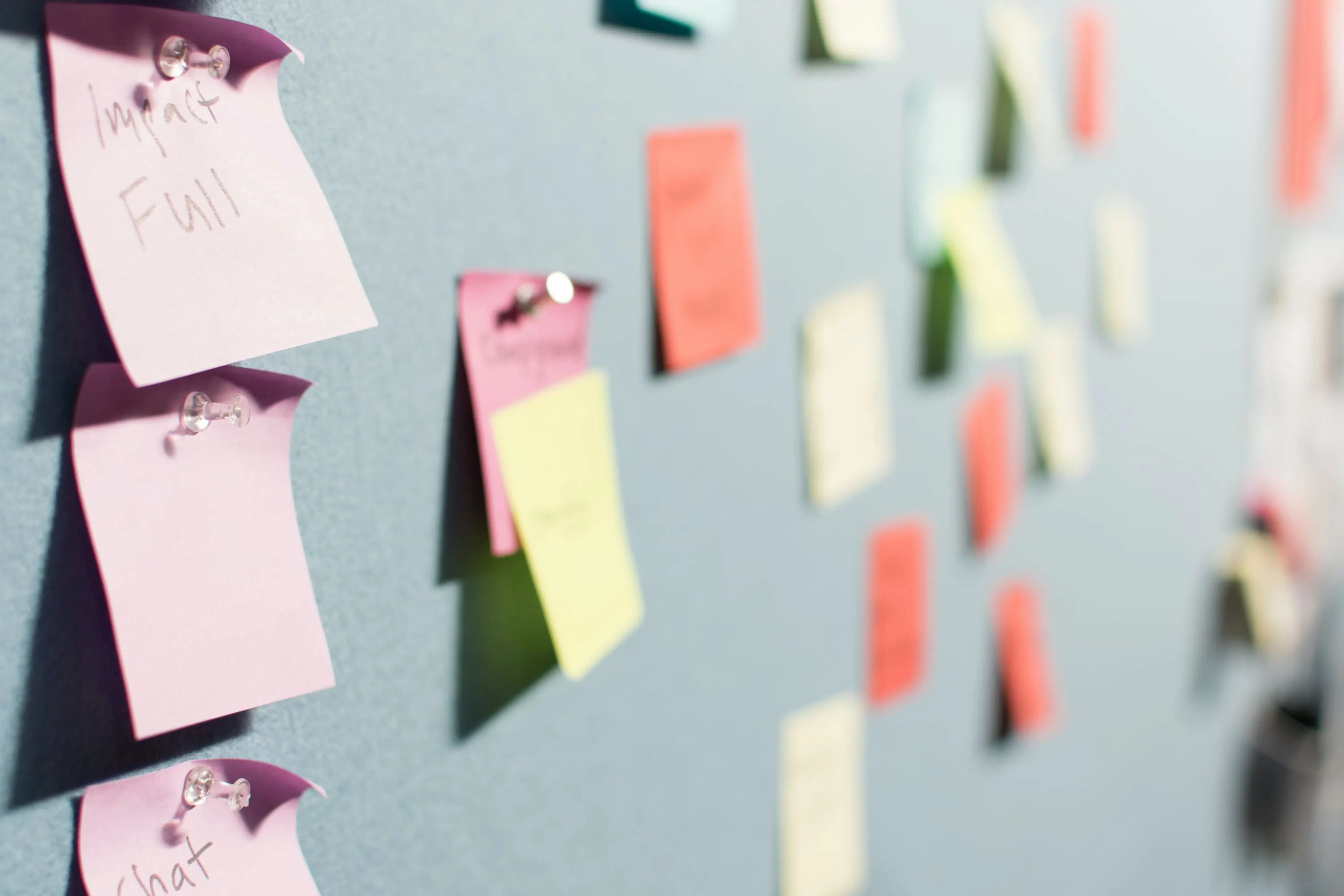
How to Create an Event Program
Mar 13, 2023 · 1 min read
10 Corporate Event Ideas To Ignite Some Fun At Your Office Party
Mar 17, 2023 · 1 min read
5 Ways To Spruce Up Your Event
Sep 27, 2022 · 1 min read
How to Plan a High School Reunion
Apr 05, 2023 · 4 min read
Yoga Classes Come In Many Forms 🧘♂️
Mar 11, 2022 · 1 min read
How to customise your Homepage?
Aug 20, 2020 · 1 min read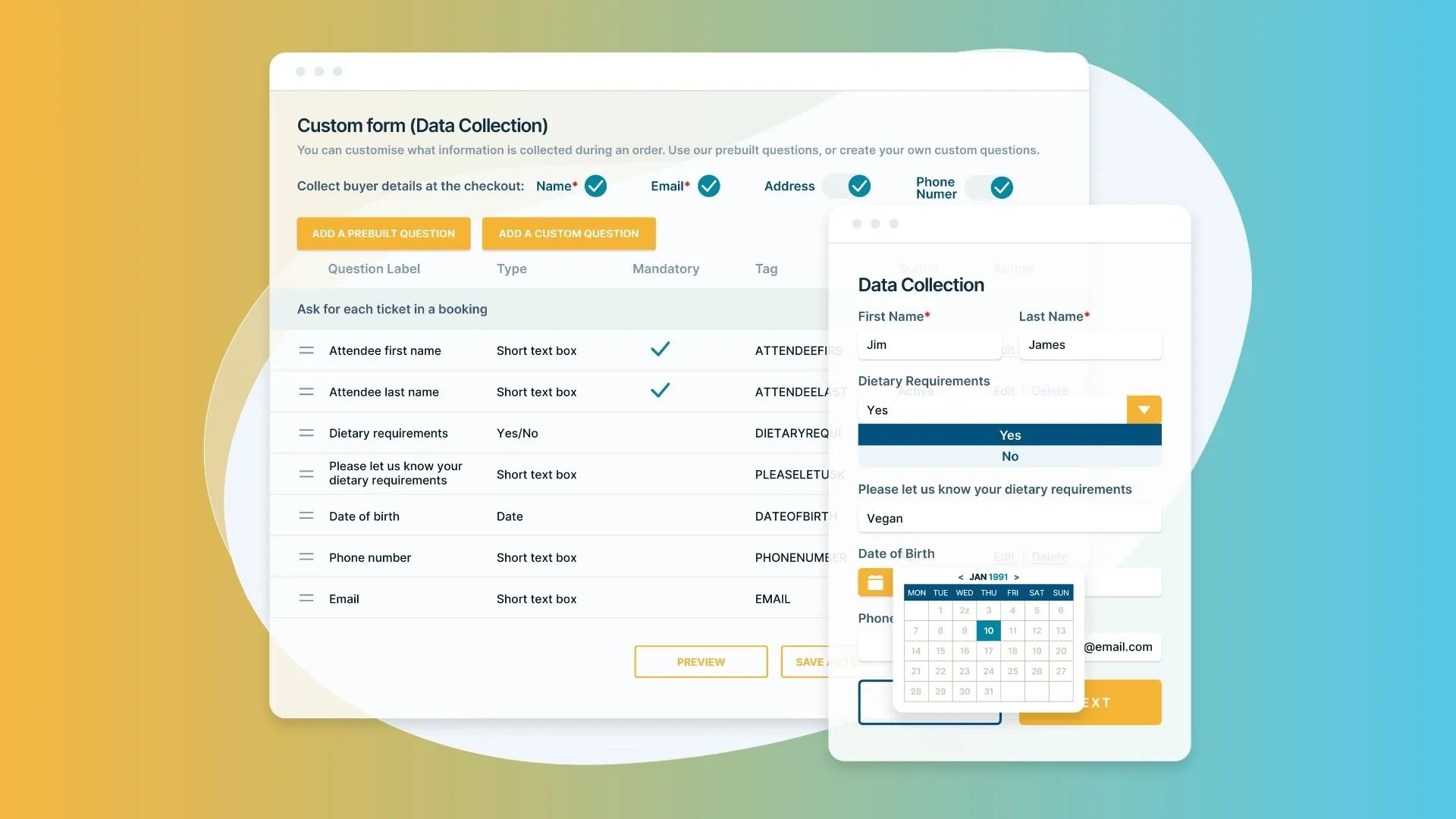
How to Create the Perfect Registration Form Template?
May 11, 2023 · 1 min read
Small business events; Planning, Budgeting, Promoting and Action!
Apr 11, 2017 · 1 min read
How to email your ticket buyers?
Apr 10, 2017 · 1 min read
Why event insurance is important
Apr 04, 2017 · 2 min read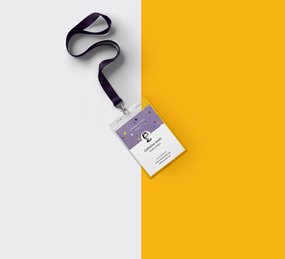
How to plan a successful conference or business event?
Oct 13, 2016 · 4 min read
Learn how schools are using TryBooking to manage events
Feb 23, 2016 · 3 min read
How sporting clubs use TryBooking?
Feb 16, 2016 · 2 min read
The facts about online ticketing that make the difference
Jan 21, 2016 · 2 min read
What else can you use TryBooking for?
Dec 15, 2015 · 2 min read






